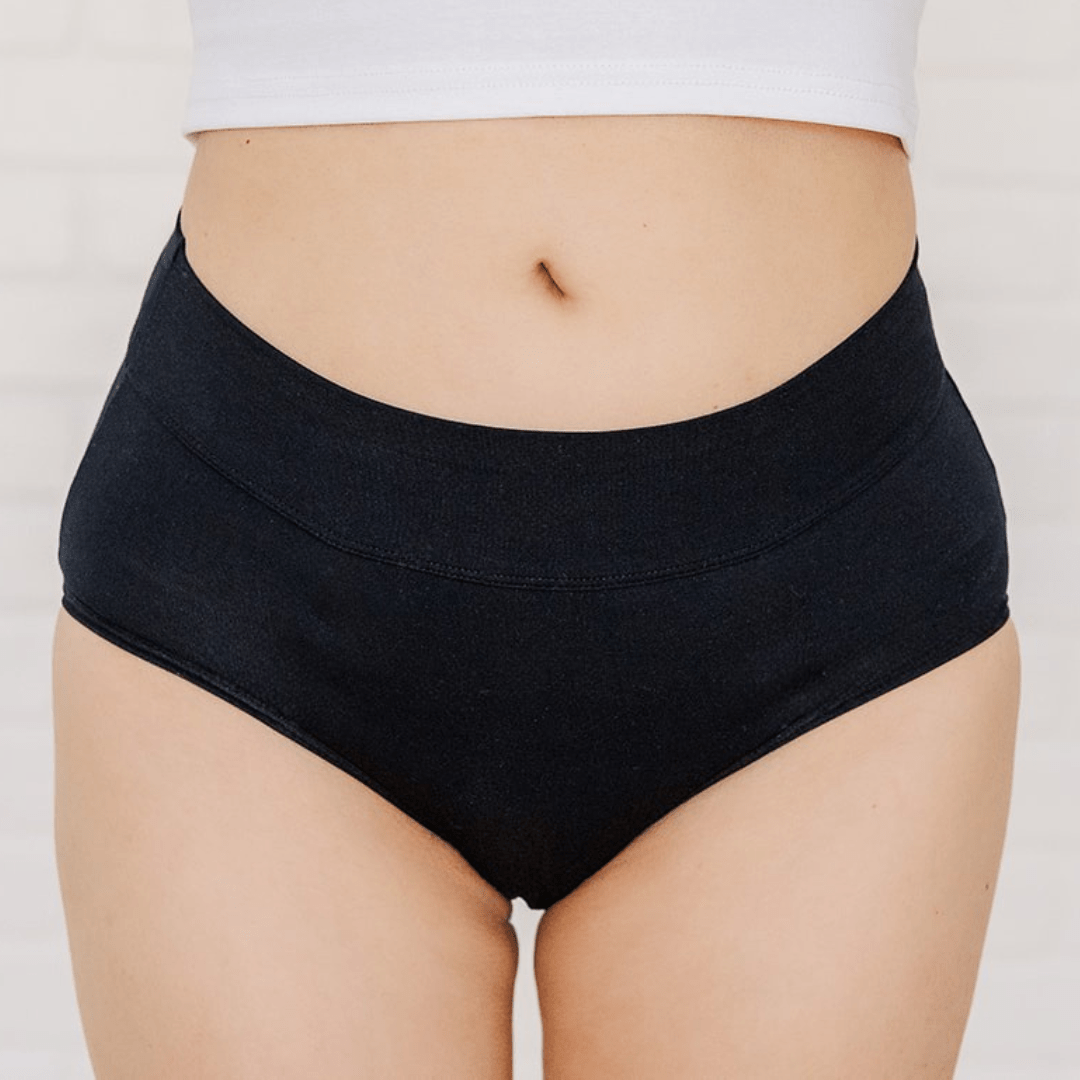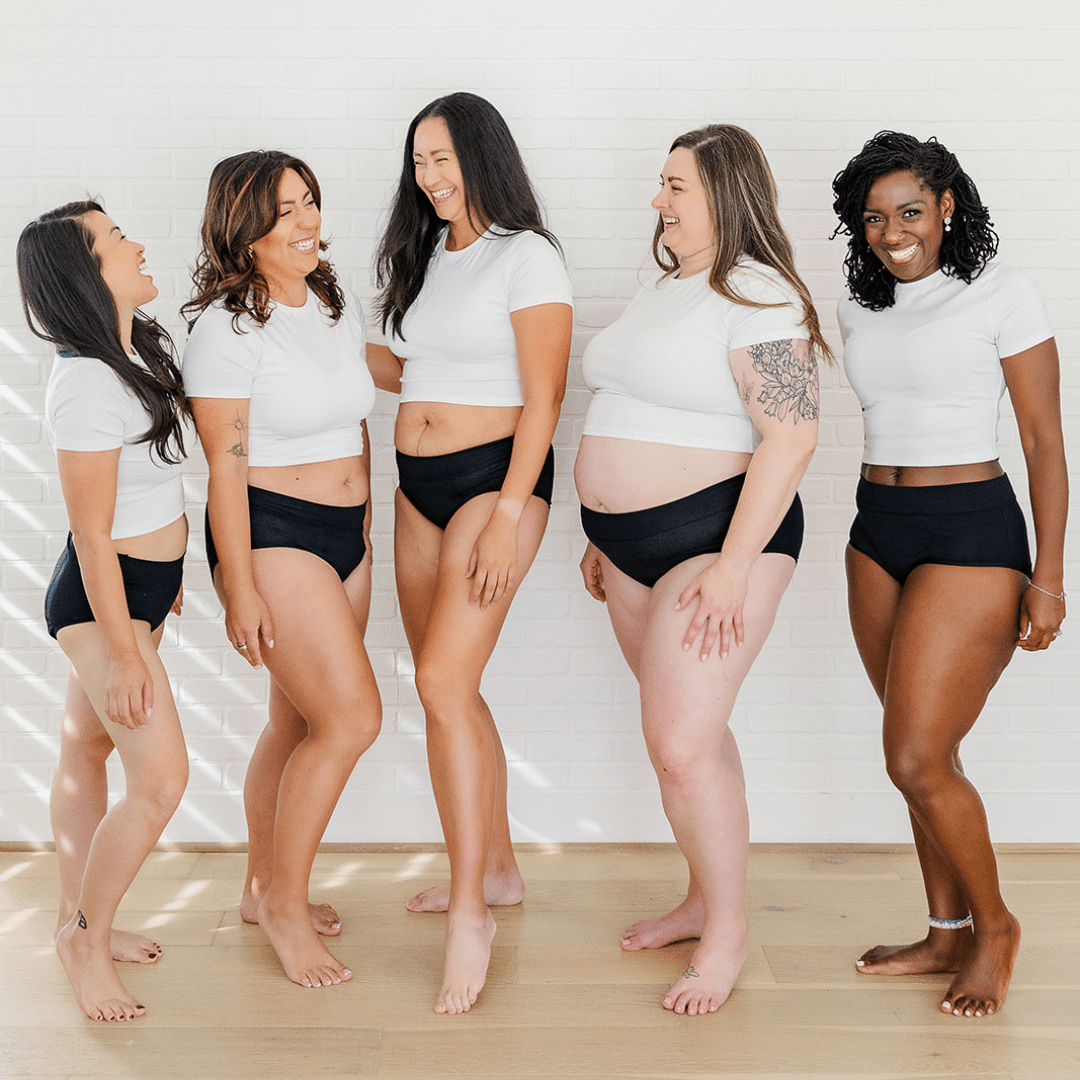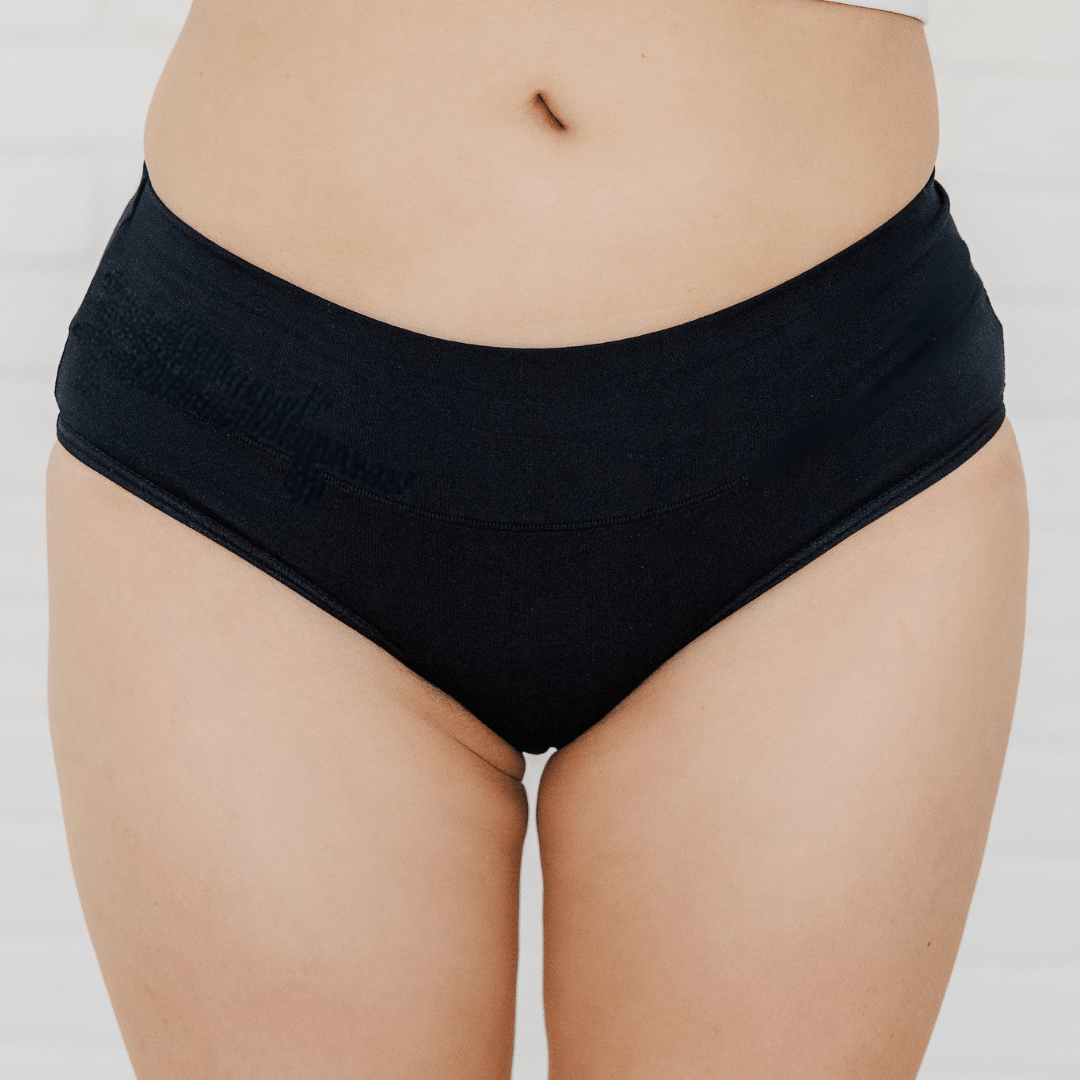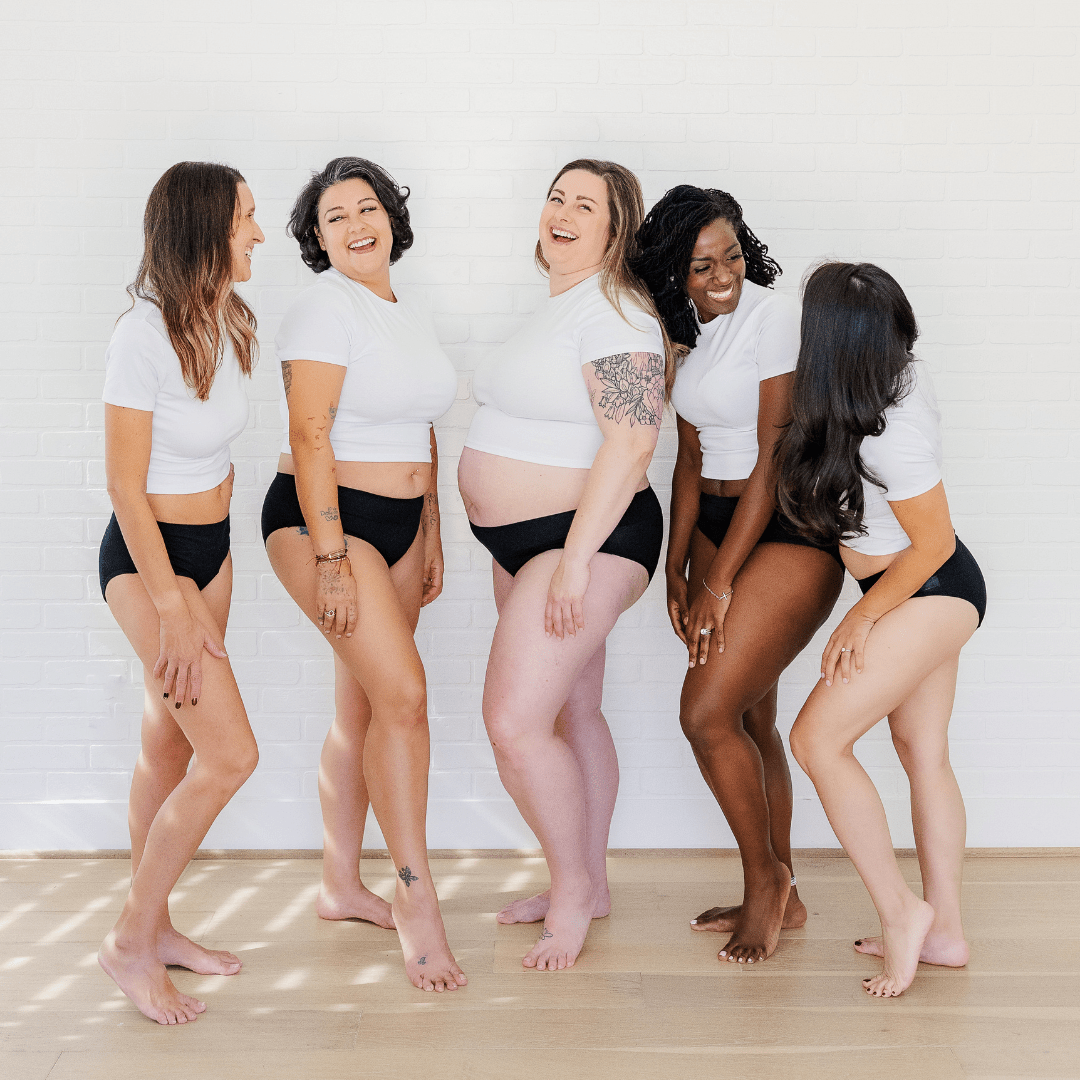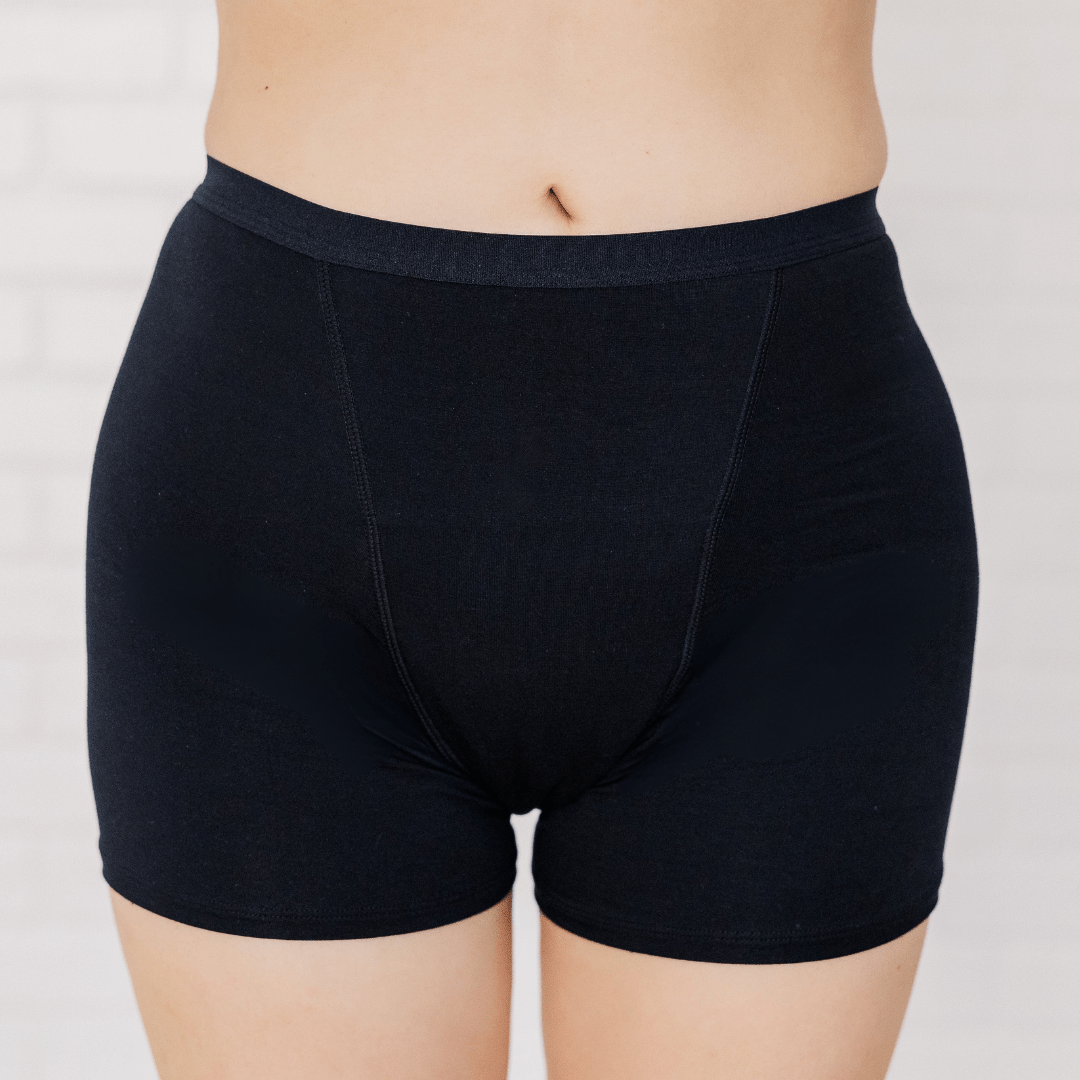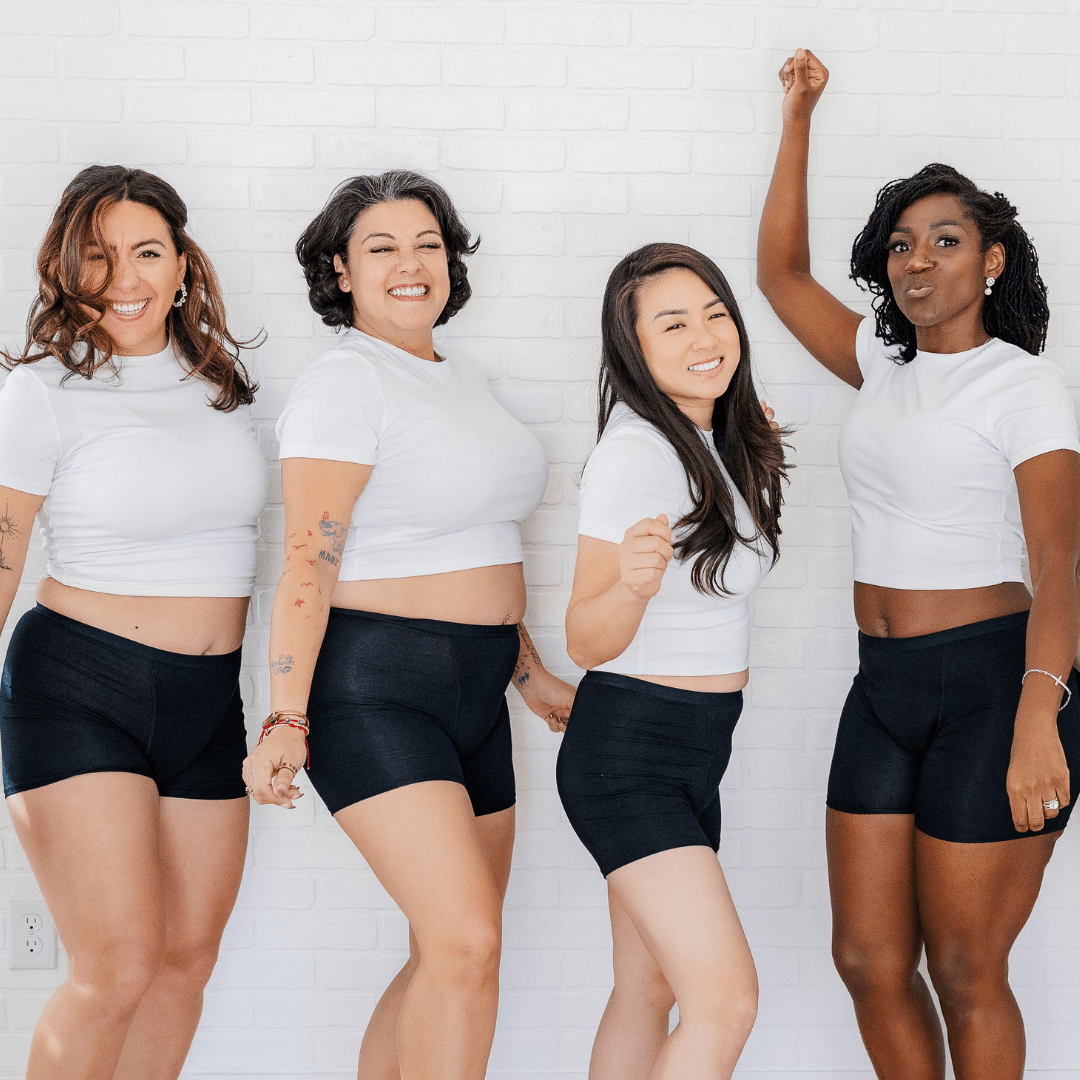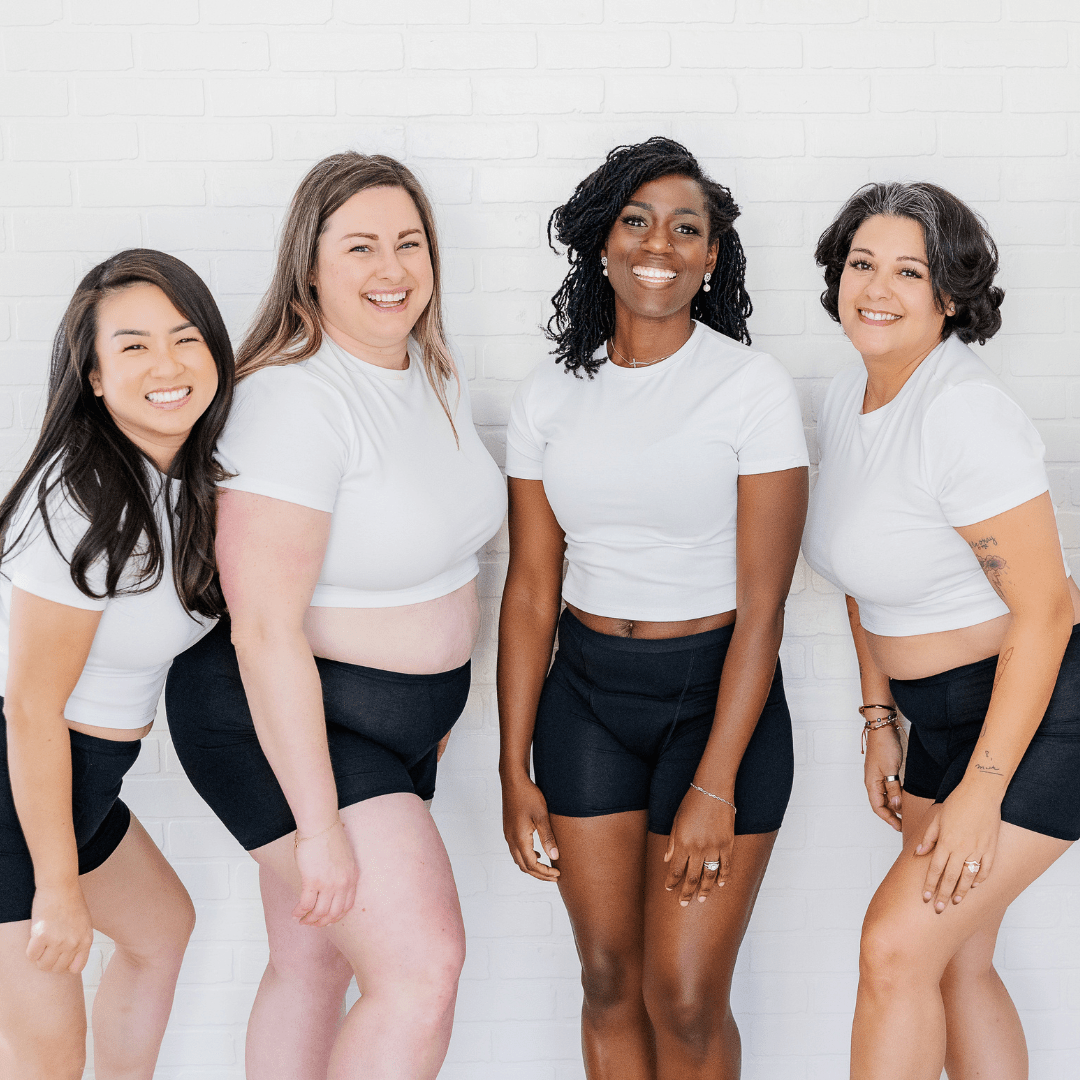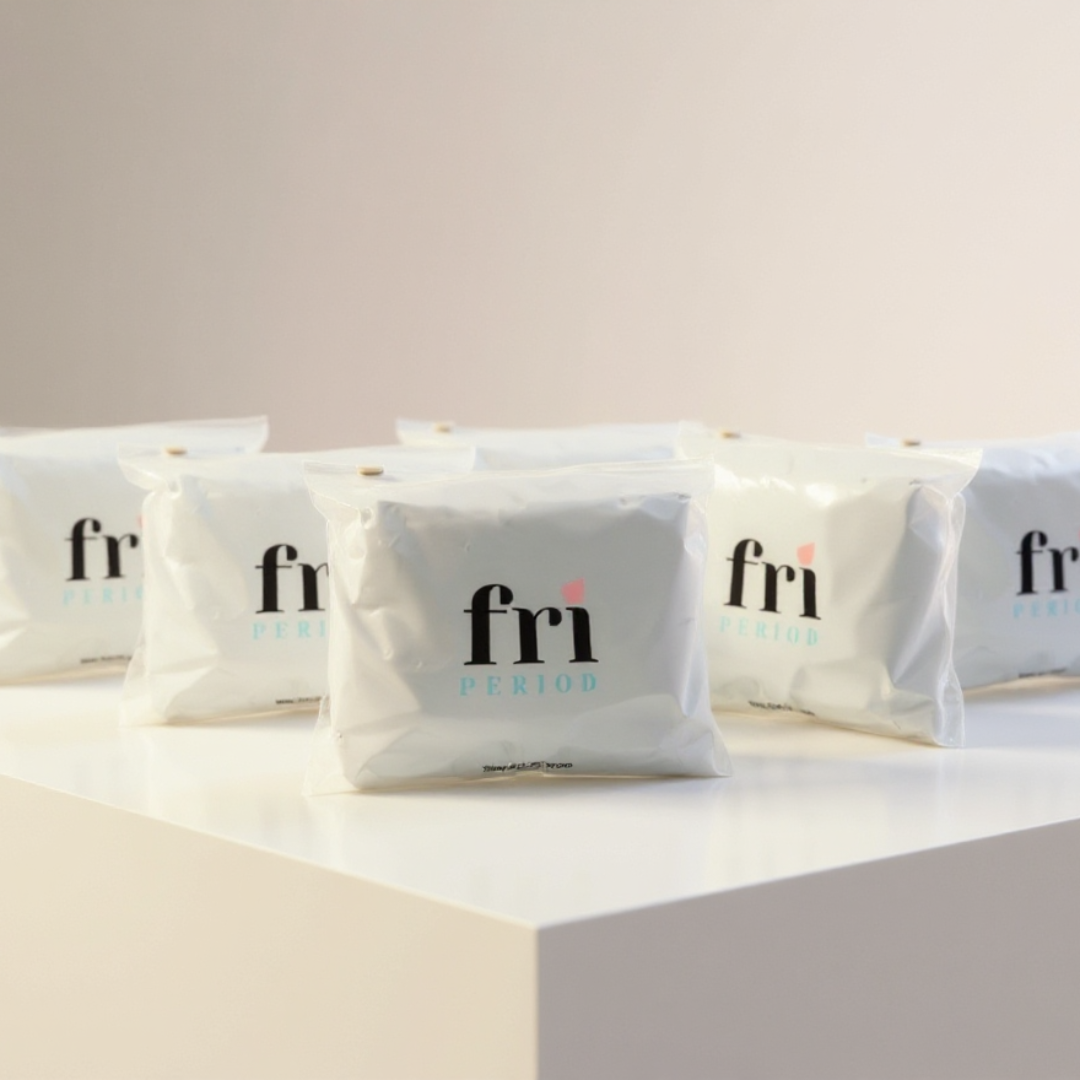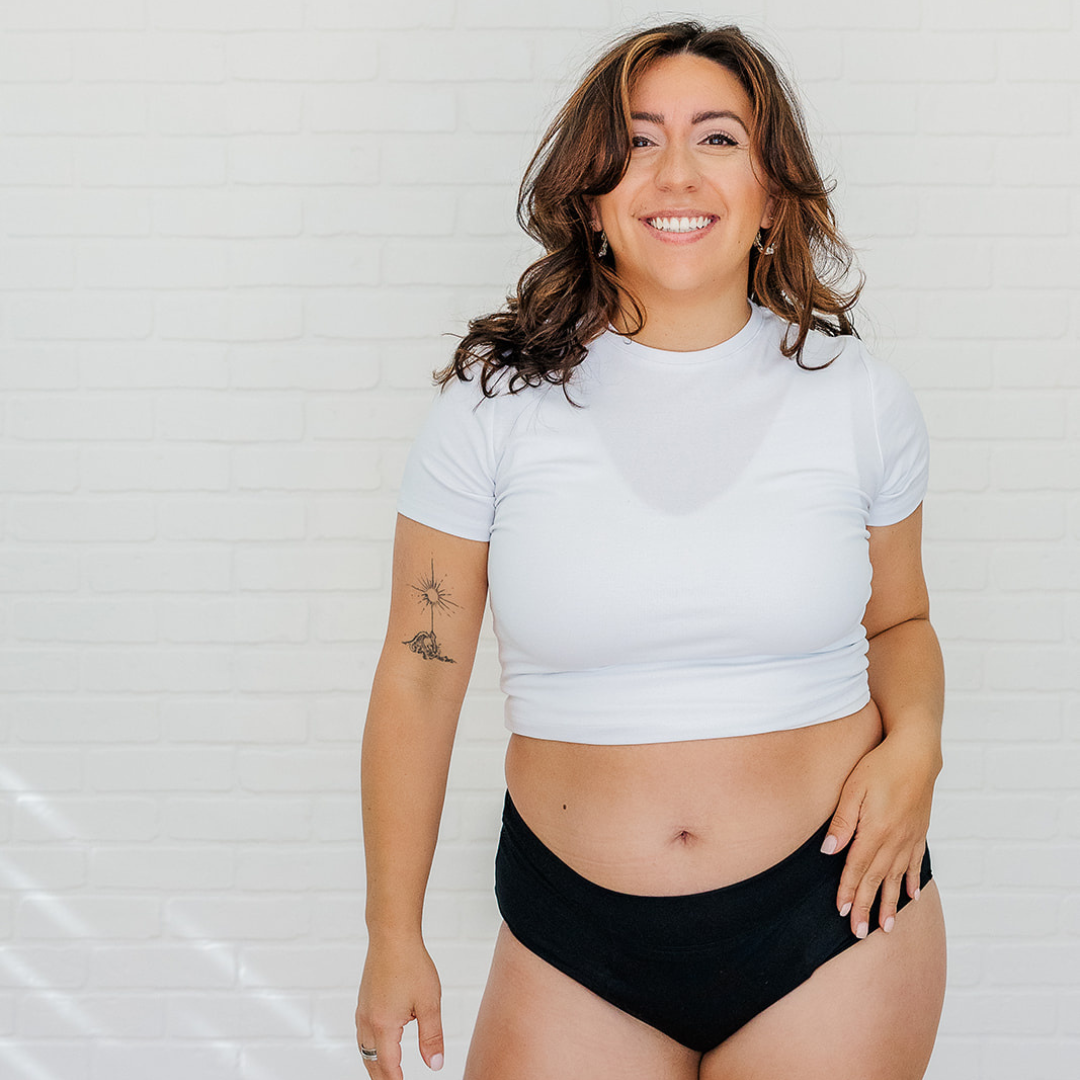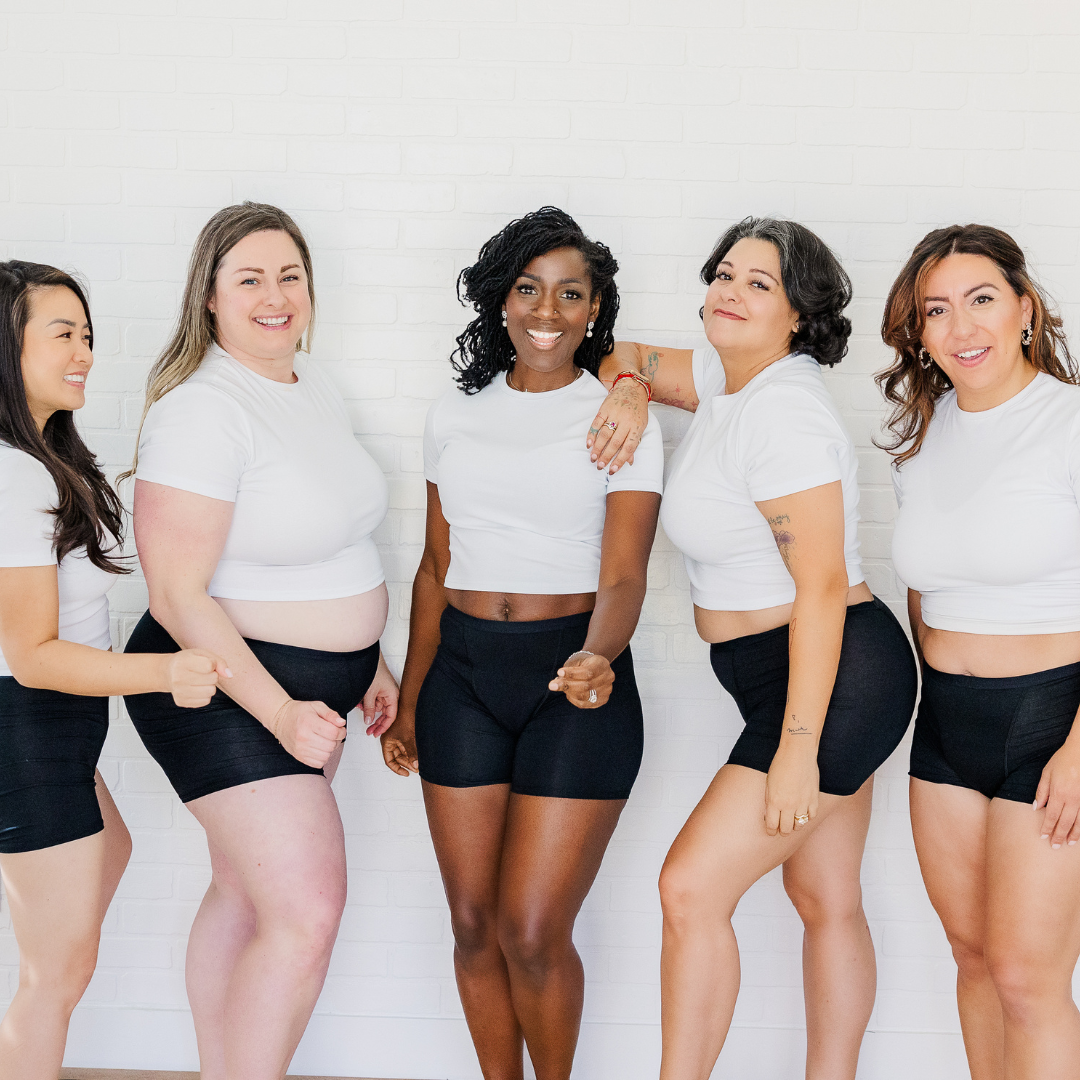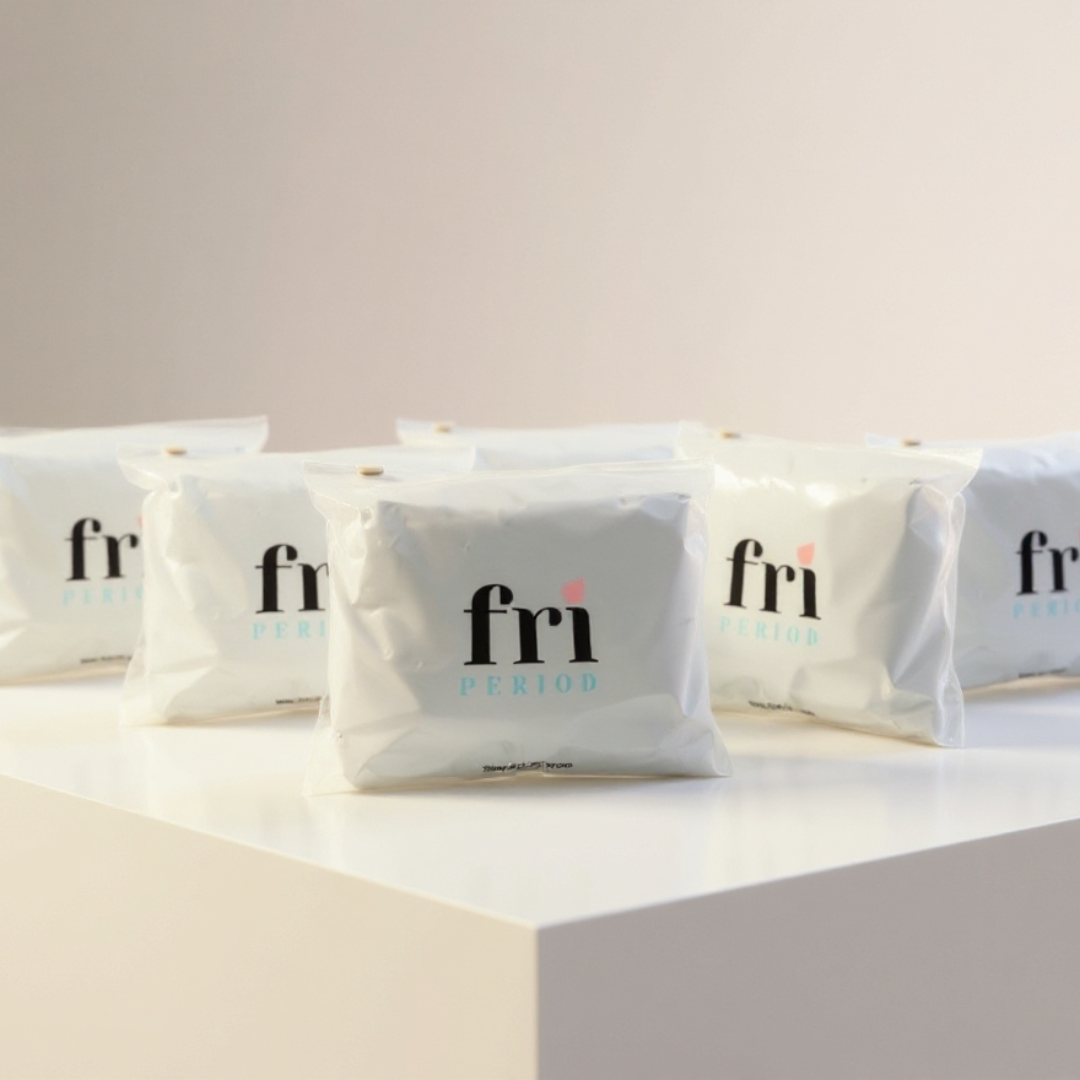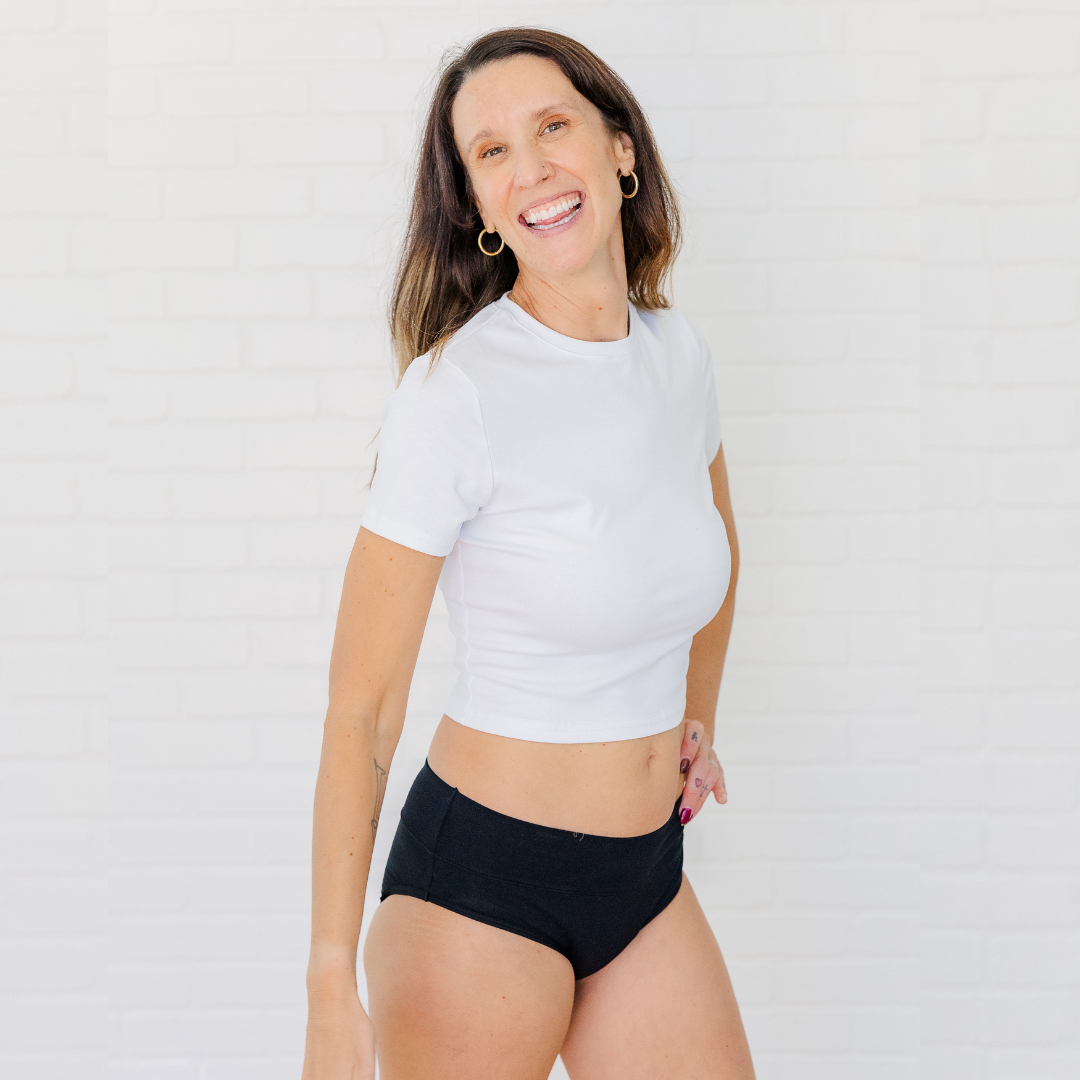How Your Period & Perimenopause Affects Your Skin
Acne isn’t just a teenage thing. If you thought breakouts would vanish with your high school crushes, only to be hit with hormonal chaos in your 30s and 40s, you’re not alone. Period and perimenopause acne is real, frustrating, and often misunderstood.
Let’s dig into how your shifting hormone levels affect your skin - and what you can do to reclaim your glow.
What is Perimenopause, Anyway?
Perimenopause is the transitional phase leading up to menopause (aka the moment your period has officially ghosted you for a full 12 months). This stage can sneak in as early as your mid-30s but usually hits in your early 40s. And during this hormonal rollercoaster, your skin is often along for the ride.
Your hormone levels—especially estrogen and progesterone—fluctuate like mad. These hormones play a huge role in regulating your skin barrier, oil production, and even skin inflammation. So when they start dipping and diving, things can get messy (literally!).
Why You're Suddenly Breaking Out (Again)
Here’s the kicker: declining estrogen isn’t just about hot flashes and night sweats. It also means testosterone can sneakily become the dominant hormone. And testosterone? It triggers your sebaceous glands to ramp up oil production, which clogs pores and leads to breakouts. Hello, hormonal cystic acne.
You may notice deep, painful pimples around your chin, jawline, and neck - the classic hormone zones. These breakouts are stubborn, inflamed, and take forever to heal. This type of adult acne is often harder to treat and linked to hormonal imbalance.
Sound familiar?
Menopause Acne vs. Perimenopause Acne
Though the terms often get lumped together, there’s a subtle difference:
-
Perimenopause acne usually appears in the years before menopause. It’s erratic, influenced by the monthly hormonal changes that are still happening.
-
Menopause acne tends to be more stable but persistent. Think of it as your new normal if nothing changes.
In both cases, it’s all about hormonal imbalance.
What You Can Do About It (Without Going Full Teenager Again)
Managing breakouts during this phase of life means playing the long game. Here are some real, practical tips:
1. Rethink Your Skincare Routine
-
Use a gentle, non-stripping cleanser (no harsh alcohols or scrubs).
-
Opt for ingredients like niacinamide, salicylic acid, and retinol (if your skin can tolerate it).
-
Hydrate! Dry skin = more oil production. Look for hyaluronic acid and ceramides to support your skin barrier.
-
Don’t overdo it with exfoliation. Gentle topical treatments are better for aging, acne-prone skin.
2. Don’t Sleep on Nutrition
-
Cut down on dairy products and sugar if you suspect they’re triggers.
-
Add hormone-supporting foods like flaxseeds, leafy greens, and omega-3-rich fish.
-
Stay hydrated like it’s your job. 💦
3. Consider Cycle Tracking
Your skin often follows your hormonal rhythm. Use a cycle tracker to spot patterns - and prep for flare-ups before they hit.
4. Stress Less (Seriously)
Easier said than done, we know. But stress increases cortisol, which can lead to (you guessed it!) more breakouts. Try meditation, walking, journaling, or doing absolutely nothing. Permission granted.
5. Explore Internal Support
Chat with a qualified healthcare provider about hormone balancing options. Supplements like vitex, DIM, and magnesium are often used, but what works best depends on your body. In some cases, oral medications or hormone therapy may be recommended.
Let’s Talk About Confidence
Skin issues in your 30s, 40s and 50s can feel like a cruel joke. But your worth is not defined by your pores. Repeat that as often as you need to.
Investing in supportive, sustainable period care (like our leakproof period underwear) is one way to feel grounded in your body again. Because confidence starts with comfort—especially when everything else feels out of sync.
Conclusion: You’re Not Alone in This
Perimenopause acne, hormonal acne, and all the skin curveballs that come with having a menstrual cycle can be overwhelming. But you’re not broken. Your skin is responding to deep internal shifts - and it deserves care, not criticism.
You've handled puberty. You’ve navigated life. You’ve got this too.
FAQs
1. Can perimenopause cause sudden acne?
Yes! Hormonal changes can lead to unexpected flare-ups, especially around the jawline and chin—areas with more androgen receptors, which are sensitive to hormonal shifts.
2. Will menopause acne go away on its own?
It might, but some people experience ongoing breakouts. Lifestyle tweaks and targeted skincare can help manage it.
3. What’s the best treatment for hormonal cystic acne?
A combo of gentle skincare, topical therapy, hormone-balancing nutrition, and sometimes professional support (like dermatologists or naturopaths).
4. Is it safe to use retinol during perimenopause?
It can be, but go slow. Start with a low percentage and use a nourishing moisturiser to support your skin barrier function and encourage healthy cell turnover.
5. Should I change my skincare products during menopause?
Absolutely. Your skin’s needs evolve, and what worked in your 30s might not cut it now. Focus on products that support hydration, barrier repair, and inflammation control.
